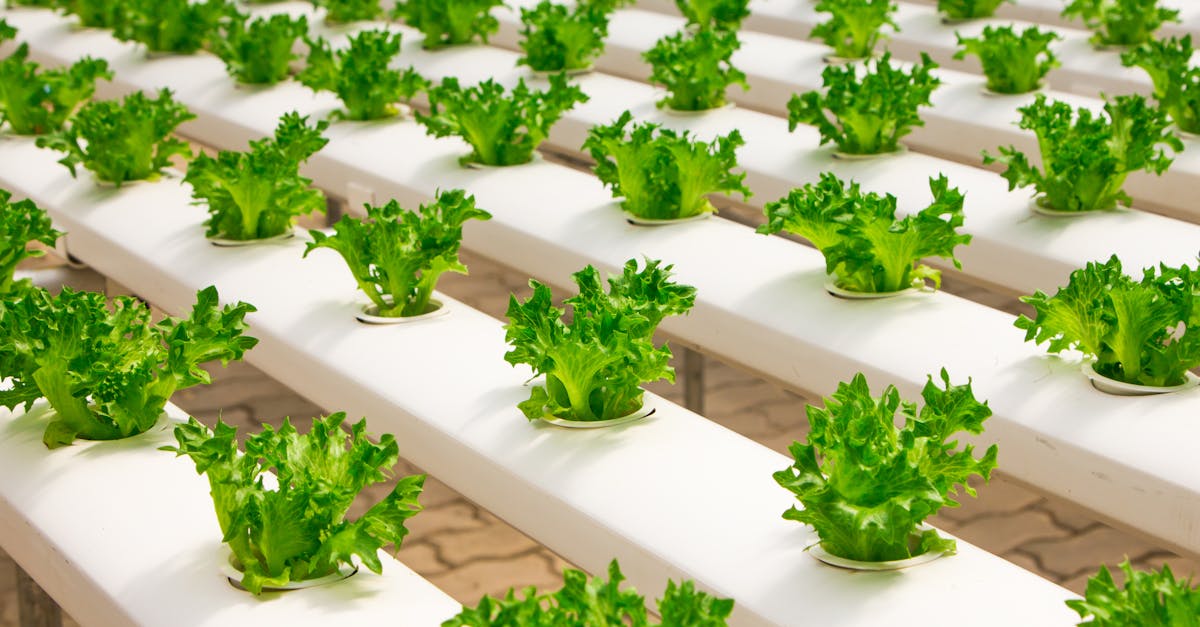Key Takeaways
- Market Demand: Understanding and meeting market demand is crucial for growing profitable vegetables on a farm. Research local trends and consumer preferences to focus on high-demand crops.
- Profit Margins: Evaluate the profit potential of different vegetables by considering factors like yield per acre, market prices, and production costs. Identify high-profit vegetables by analyzing market trends and consumer feedback.
- Low-Maintenance, High-Yield Vegetables: Opt for low-maintenance, high-yield vegetables like tomatoes, zucchinis, and peppers to ensure a productive harvest with minimal effort.
- Specialty and Niche Vegetables: Explore specialty vegetables like microgreens, purple potatoes, and edible flowers to differentiate your offerings, appeal to specific markets, and command higher prices. Diversify crops to maximize profits and market reach.

Understanding the Market Demand
When planning which veggies to grow on our farm, it’s important to consider market demand.
Understanding what people want helps us focus on profitable crops that will sell well.
Research local farmer’s markets, grocery stores, and restaurants to gauge popular choices.
Visiting agricultural extension websites can provide valuable insights into trending vegetables and consumer preferences. By staying informed about current market demands, we can make informed decisions that maximize our farm’s profitability.
After all, growing vegetables in high demand ensures a steady income and a thriving business. Stay connected to the market trends, and we’ll harvest success in our farm venture.
For more information on agricultural market trends, visit USDA’s Agricultural Marketing Service.
Evaluating Profit Margins of Different Vegetables
When deciding which vegetables to grow on our farm, it’s critical to consider profit margins. Some vegetables have higher demand and can bring in more money than others. By researching and analyzing the potential profitability of different crops, we can make informed choices that maximize our earnings. Factors like yield per acre, market prices, and production costs all play a role in determining the profitability of a vegetable.
One way to assess the potential profit margins of different vegetables is to look at recent market trends. Websites like the USDA’s Agricultural Marketing Service provide valuable insights into current market prices and consumer preferences. Analyzing this information can help us identify high-profit vegetables that are in demand. Additionally, local market research and consumer feedback can further guide our decision-making process.

Low-Maintenance and High-Yield Vegetables
Think about growing tomatoes, they’re low-care and provide a bountiful harvest. Zucchinis are another excellent choice, they’re easy to grow and produce abundantly. Peppers are a good option too, they thrive with minimal attention. Check out these vegetable seeds on the National Gardening Association’s website, they offer great varieties for you.
Specialty and Niche Vegetables
When it comes to profitable crops, Specialty and Niche Vegetables can offer unique selling points that set them apart in the market. These unique vegetables cater to specific consumer tastes and preferences, allowing us to tap into specialty markets and command higher prices.
Some examples of highly profitable specialty vegetables include:
- Microgreens: These tiny greens are packed with flavor and are sought after by restaurants and health-conscious consumers.
- Purple potatoes: With their vibrant color and antioxidant-rich properties, these potatoes appeal to health-conscious customers.
- Edible flowers: Adding visual appeal to dishes, edible flowers are in demand by gourmet restaurants and specialty grocers.
By diversifying our crops to include these Specialty and Niche Vegetables, we can expand our market reach and maximize our profits effectively.
For more information on specialty vegetables, you can visit the National Gardening Association’s website.

